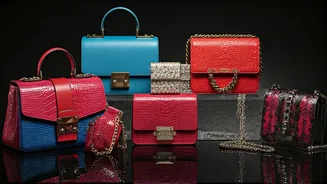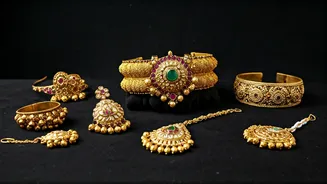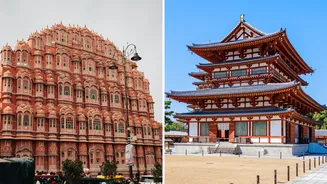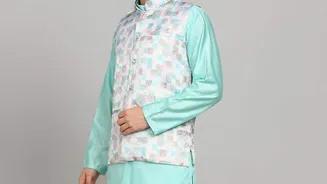Current Fashion Trends
Fashion trends are perpetually in motion, with fresh styles emerging rapidly. At present, minimalist aesthetics continue to dominate, marked by clean lines,
muted colors, and practical designs. Sustainable fashion is gaining significant traction, emphasizing environmentally friendly materials, ethical production practices, and a move toward slower consumption. High-waisted pants and skirts, often paired with cropped tops or tucked-in blouses, offer a versatile and flattering silhouette. Bold patterns and vibrant colors are making a comeback, adding a playful element to outfits, while oversized blazers and relaxed fits are offering comfort and an effortless chic. Furthermore, accessories play a crucial role in shaping current trends; chunky sneakers, statement jewelry, and cross-body bags are frequently seen completing the latest looks. These trends show a blend of simplicity, sustainability, and personal expression, mirroring societal shifts and desires.
Designer Influences
Designers exert a pivotal influence on fashion trends. Luxury brands set the tone, determining the direction and setting the stage for subsequent styles. Brands such as Chanel and Dior continuously shape silhouettes, color palettes, and overall aesthetics. Emerging designers, often featured at fashion weeks, bring fresh perspectives and innovative ideas to the forefront. Their creativity encourages experimentation, introducing new forms, materials, and concepts that challenge existing conventions. The influence of celebrities and influencers cannot be ignored; their choices frequently inspire trends that rapidly gain popularity. Additionally, collaborations between designers and artists or brands contribute to innovative collections that reflect diverse cultures and artistic expressions. These collaborations expand the scope of fashion while also introducing new target markets to brands. Designers and their creative strategies are, therefore, a crucial driver of the constant evolution of fashion.
Cultural Significance
Fashion has a profound cultural significance, acting as a means of communication and self-expression. Clothing can reflect cultural traditions, social status, and personal identities. Traditional garments, such as the saree in India or the kimono in Japan, express cultural heritage and pride. Fashion can also be used as a form of social commentary or protest. For instance, the use of specific symbols or slogans on clothing can show solidarity or raise awareness about particular issues. In addition, the way people dress may reveal their belonging to a specific group, be it a professional group or a subculture. Fashion can be a reflection of changing social attitudes and values, such as the adoption of gender-neutral clothing. Finally, fashion impacts the way people are viewed and treated in society, impacting the broader cultural landscape and creating shared experiences.













